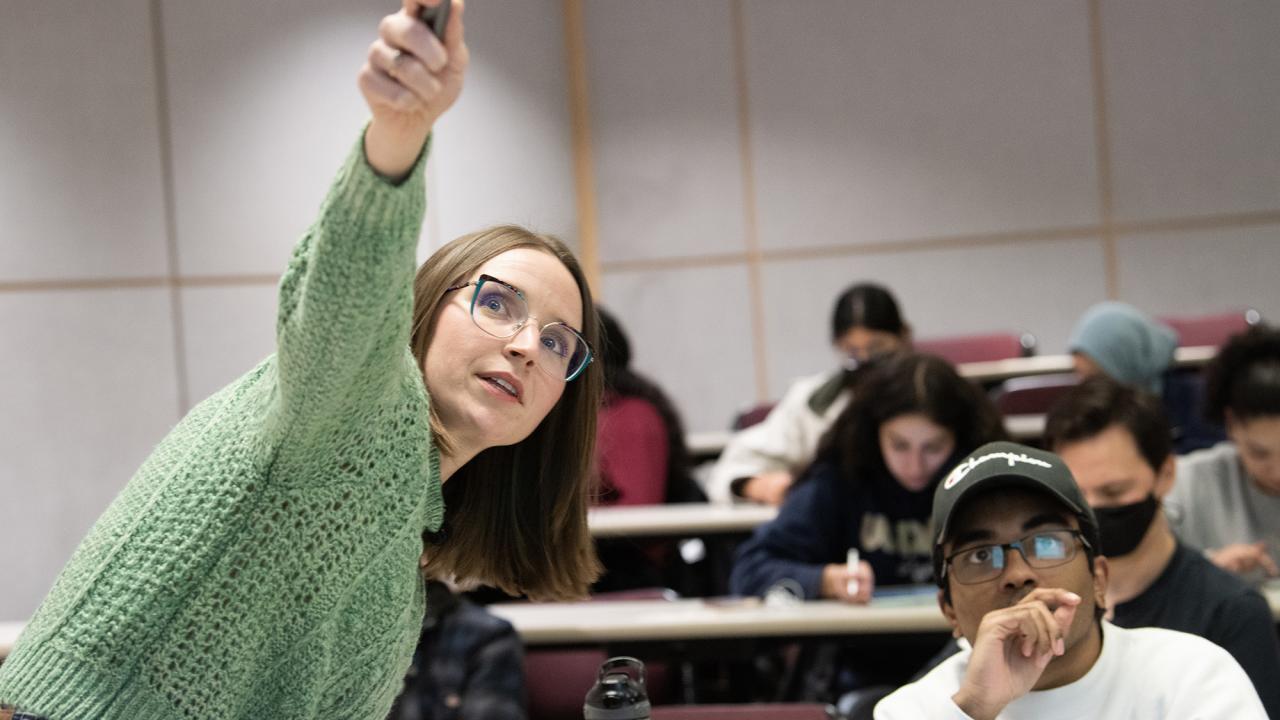
Pairing Science with Social Justice
UC Davis lab empowers students to create an inclusive science curriculum
Rather than petri dishes or microscopes, in Brie Tripp’s lab you’ll find diverse undergrads gathered around laptops, carrying out the lab’s unique mandate of studying how to promote social and racial justice in science classrooms.
Social justice remains a rare topic in many STEM education — something Tripp, an assistant professor of teaching in the Department of Neurobiology, Physiology, and Behavior, or NPB, said she hopes to change. “Science doesn’t need to be taught in isolation,” she said. “Because it is all about humans. If you don’t understand how your position can influence research decisions, it can be extremely biased. Science benefits from the awareness of how it has perpetuated disparities and how it can be leveraged to mitigate them.”
Tripp’s approach is multilayered and innovative. Members of her lab develop extensive case studies about the physiology of health disparities in underserved populations, such as higher maternal mortality among Black women and diabetes in the Native American population. They then gather feedback from affected communities and make recommendations for future advocacy.
The kicker? These Social Justice in Science case studies become part of the curriculum for students in Tripp’s NPB 110C physiology class. Tripp, her undergraduate researchers and community partners with lived experience of injustice thus co-create a collaborative learning model in which they shape socially aware content that their undergraduate peers engage with immediately, driving wider awareness of equity in science education.
